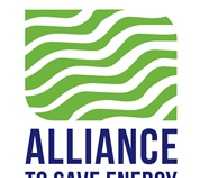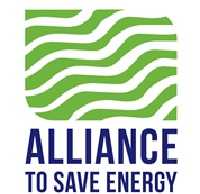Washington, D.C. – April 22, 2014 – (RealEstateRama) — The American Institute of Architects (AIA) and its Committee on the Environment (COTE) have selected the Iowa Utilities Board / Office of the Consumer Advocate Office Building, design by BNIM, as the recipient of the Top Ten Plus. The Top Ten Plus, now its second year, recognizes one past AIA COTE Top Ten Project Award recipient which has quantifiable metrics that demonstrate the true impact the sustainable design has achieved. The Iowa Utilities Board / Office of the Consumer Advocate Office Building was selected in 2012 as a recipient of the AIA/COTE Top Ten Project Award program. You can get more information on the project and see images here: http://www.aiatopten.org/node/364
Located within the State of Iowa Capitol Complex, this project is an infill development of a former landfill. As home to the regulator of utilities, leading by example is an appropriate mission for the agency. Following two years of occupancy, the building is currently consuming 16.7 kBTU/sf per year, equivalent to an 81.5% reduction over the national average. As a result of total reduced energy needs, a roof-mounted 45 kW photovoltaic array currently provides 25 % of the buildings power needs up from the 13% originally projected.
Proper east-west orientation and a narrow north-south building configuration provide the most appropriate daylighting and natural ventilation opportunities. The building automation system identifies favorable exterior conditions, sending an email to occupants when windows should be opened and closed. The automation system shuts down the associated zone’s heat pumps when windows are open, ensuring energy is not wasted.
The stormwater treatment consists of a stormwater interceptor, infiltration basin, rain gardens, bioswales and pervious pavement. Stormwater enters the landscape through a limestone boulder sediment trap that slows water and controls erosion. Inside, a simple and replicable strategy (ultra-low-flow plumbing fixtures, faucet aerators and automatic sensors to reduce water flow) contributes to a water use reduction of 46% compared to a typical office building.
Real-time data is monitored and analyzed to improve building performance through a partnership with the State of Iowa Department of Administrative Services and the Iowa Energy Center. Building monitoring and tuning during the course of occupancy has yielded a few minor but impactful changes. Roller shades were installed at the north open office area to mitigate glare from the unanticipated snow reflectance. Lenses at specific Solatube diffusers were revised to provide more appropriate daylighting levels specific to occupant and location. As a state government building the Capitol Complex represents the states strong commitment to sustainability and is a positive model for development.
About The American Institute of Architects
Founded in 1857, members of the American Institute of Architects consistently work to create more valuable, healthy, secure, and sustainable buildings, neighborhoods, and communities. Through nearly 300 state and local chapters, the AIA advocates for public policies that promote economic vitality and public well being. Members adhere to a code of ethics and conduct to ensure the highest professional standards. The AIA provides members with tools and resources to assist them in their careers and business as well as engaging civic and government leaders, and the public to find solutions to pressing issues facing our communities, institutions, nation and world. Visit www.aia.org.
Contact: Matt Tinder
202-626-7462
http://twitter.com/AIA_Media















